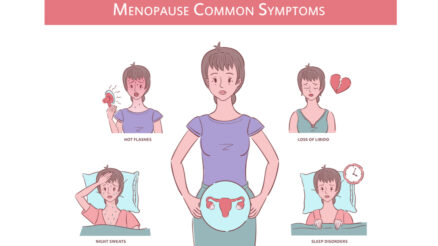Athletes push their bodies to the limit, constantly challenging themselves to excel in their chosen sport. While much attention is given to training regimens, diet plans, and injury prevention strategies, one area that often gets overlooked is foot health. Feet are the foundation of athletic performance, yet they are susceptible to a range of conditions that can hinder an athlete’s ability to perform at their best. This article will explore five foot-related conditions that are common among athletes, their causes, symptoms, and potential treatments.
Plantar Fasciitis
Plantar fasciitis is a prevalent condition characterized by inflammation of the plantar fascia, a thick band of tissue that runs along the bottom of the foot, connecting the heel bone to the toes. It is often caused by repetitive strain or overuse, such as running long distances or participating in high-impact sports like basketball or tennis. Athletes with tight calf muscles, flat feet, or high arches may be more prone to developing plantar fasciitis. Symptoms of plantar fasciitis typically include sharp pain and stiffness in the heel or arch of the foot, especially upon waking or after prolonged periods of rest. The pain may subside with activity but worsen again after exercise. If left untreated, plantar fasciitis can become chronic and significantly impact an athlete’s ability to train and compete. Treatment options for plantar fasciitis often include rest, ice therapy, stretching exercises, orthotic inserts, and wearing supportive footwear.
Achilles Tendinitis
Achilles tendinitis is a common overuse injury that affects the Achilles tendon, the largest tendon in the body, which connects the calf muscles to the heel bone. It is frequently seen in athletes who engage in activities that involve repetitive jumping, running, or sudden changes in direction, such as sprinting or playing soccer. Athletes with tight calf muscles, improper footwear, or inadequate warm-up routines may be at a higher risk of developing Achilles tendinitis. Symptoms typically include pain and stiffness in the back of the heel, swelling, and difficulty walking or participating in physical activities. Treatment for Achilles tendinitis often involves rest, ice therapy, stretching exercises, and wearing supportive footwear with proper arch support.
Stress Fractures
Stress fractures are tiny cracks or fissures in the bones of the foot, commonly seen in athletes who engage in repetitive activities that place excessive stress on the bones, such as running or jumping. They can occur in various bones of the foot, including the metatarsals (long bones of the foot) and the navicular bone (a bone on the top of the midfoot). Athletes with sudden increases in training intensity, inadequate rest periods, or nutritional deficiencies are more susceptible to stress fractures. Symptoms may include localized pain, swelling, and tenderness, which worsen with activity and improve with rest. Treatment for stress fractures typically involves rest, immobilization with a cast or walking boot, and gradually returning to activity once the bone has healed.
Turf Toe
Turf toe is a sprain of the ligaments around the big toe joint, often caused by hyperextension of the toe, particularly on hard surfaces like artificial turf. It is commonly seen in athletes who participate in sports that involve running, cutting, and pushing off with the toes, such as football, soccer, and basketball. Symptoms of turf toe include pain, swelling, and stiffness in the big toe joint, which may worsen with movement and make it difficult to bear weight on the affected foot. In severe cases, athletes may experience instability in the toe joint and difficulty pushing off during activities. Treatment for turf toe typically involves rest, ice therapy, compression, and elevation to reduce pain and swelling.
Hallux Valgus
Hallux valgus, commonly known as a bunion, is a prevalent foot deformity characterized by the misalignment of the big toe joint, causing it to angle outward towards the other toes. This condition often results from genetic factors, wearing ill-fitting shoes, or excessive stress on the foot due to certain activities. Athletes, especially those engaged in sports that involve repetitive lateral movements or wearing tight footwear, may be at an increased risk of developing hallux valgus. Symptoms typically include pain, swelling, and redness around the big toe joint, which can impact athletic performance and overall foot function. For athletes seeking specialized care for bunion removal in Manhattan or other major cities, it’s crucial to understand the implications of hallux valgus and the available treatment options. While conservative measures such as wearing wider shoes and using orthotic inserts can provide relief for mild cases, severe bunions may require surgical intervention. By consulting with experienced podiatrists or orthopedic surgeons, athletes can explore personalized treatment plans tailored to their specific needs and lifestyles.
Conclusion
Foot-related conditions are common among athletes and can significantly impact their ability to train, compete, and enjoy their sport. By understanding the causes, symptoms, and treatment options for these conditions, athletes can take proactive steps to prevent injuries and maintain optimal foot health. Proper footwear, adequate rest, appropriate training techniques, and regular stretching and strengthening exercises are essential components of a comprehensive injury prevention strategy. If experiencing persistent foot pain or discomfort, athletes should consult with a healthcare professional for an accurate diagnosis and personalized treatment plan to facilitate recovery and return to sport safely.





